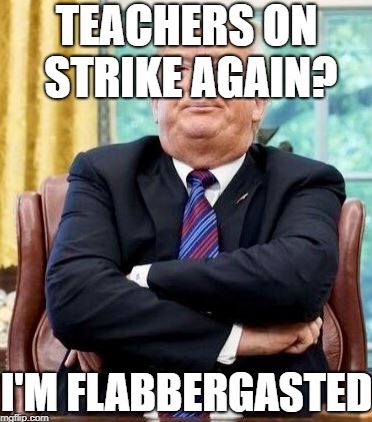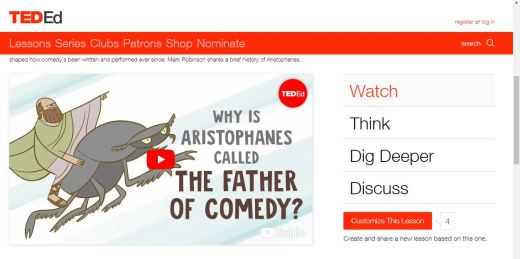Language is, as I’ve said, learned in chunks. It needs to be embedded in a broader context for it to be a)meaningful and b) useful for our students.
Technology can definitely help in this process (but so can extensive reading, probably to the same degree- just saying).
I have been looking for an easy way to edit, add subtitles to and mute videos for my classes, and so far, with all the technological progress we’ve made so far, I’ve fallen short.
Once upon a time, you had to BUY a video editor, but not there are some great free online tools, and you tube has even got in on the game. But trust me, it’s bloody complicated for a non-native like me. Kapwing has simplified video editing to such a ridiculous degree that even I can use it.
I have tried three kapwing features successfully. Firstly, adding subtitles.
Now you can
How can this feature help language acquisition? Well, some video clips are unclear, and having the English subtitles underneath can integrate listening and reading skills. But what about having students create their own subtitles for a 1 minute video? It means really, really listening to how natural language sounds and deciphering it. I think this is a very useful task to give kids to improve their listening skills (as long as they don’t cheat, that is)
The next feature I tried was muting and uploading my own audio file instead. I created a meme of a few seconds and recorded myself saying the same words and uploaded the file, converted it to MP3 and added it to the meme. I am not a great trimmer so it didn’t come out as well as I would have liked, but I suggest my students video editing skills are better. I’ve always dreamed of them doing a project where they add their own sound/change the dialogue to a short scene. It involves a trememdous amount of different skills and I think it’s great for working on their spoken language. Now I’ve finally figured out a way.

The last thing was creating a meme. I’ve been talking about memes a lot in my blogs, because I feel we need to relate to how English is used to communicate in the 21st century. Well, you can create your own meme with text pretty painlessly on this site. I could ask students to create memes that explain new words that they’ve learned, or create a meme based on a movie or a series they love.
I have my husband, Avi to thank for finding me kapwing. I hope to use it again, or have my students use it in the near future.
Ella








